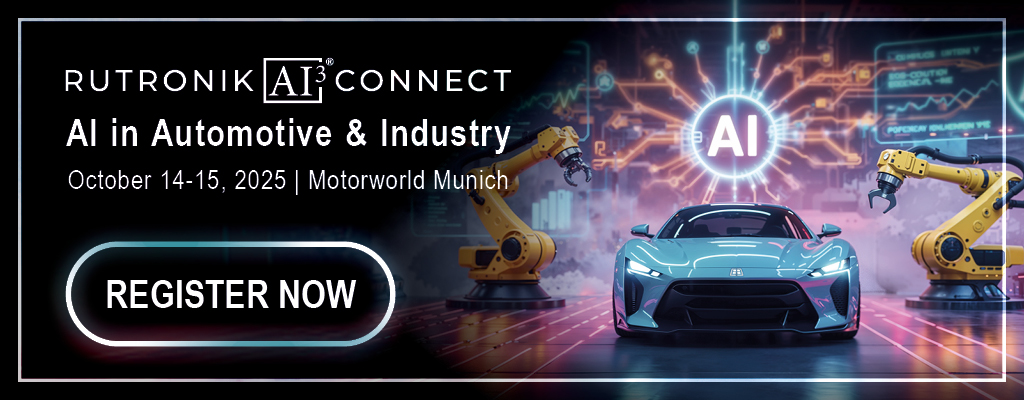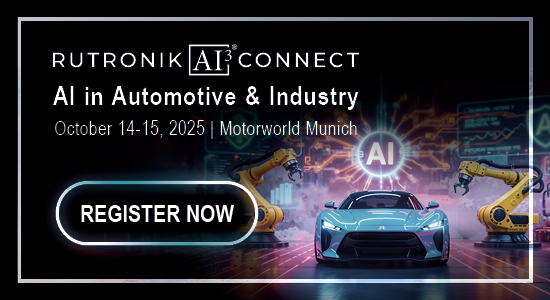Please note: All presentations will be held in German
Program Booklet Rutronik AI³ Connect 2025
Program overview
8.00 a.m. Registration
9.00 a.m. Welcome address – Markus Krieg | Chief Marketing Officer (CMO) at Rutronik
9.10 a.m. Keynote „AI in Distribution: Data-Driven Processes in Supply Chain Management” – Fabian Plentz | Chief Operating Officer (COO) at Rutronik
9.40 a.m. Keynote „AI Beyond the Buzzword: Tech Ethics as a Driver of Trust“ – Jesse de Jesus de Pinho Pinhal | Public Speaker, Consultant and Researcher and Educator in Ethics of AI & Business
10.10 a.m. Coffee Break
10.40 a.m. Session: Energy & Power
Automotive AI
11.55 a.m. Lunch Break
12.55 p.m. Session: Data
Automotive AI
2.10 p.m. Coffee Break
2.45 p.m. Session: Security
Automotive AI
3.55 p.m. Coffee Break
4.10 p.m. Panel Discussion „All-Electric Society: AI in Future Mobility and Industrial Environments”
5.00 p.m. Closing and End of the Rutronik AI³ Connect
Details

How to Innovate Faster in Robotics and Automation
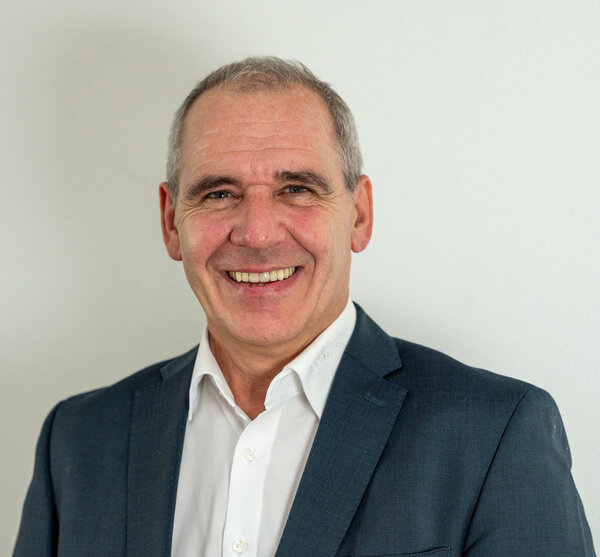
Peter Marek, Senior Director System Architect
Peter Marek is Senior Director at Advantech. As a system architect, Peter bridges customer and market requirements to Advantech’s product and technology portfolio. With over 30 years of experience in the embedded industry, his expertise and consulting helps customers to make the right decisions for new platforms and innovations.
This session sheds light on the key challenges that OEMs face when implementing AI technologies for product innovation. Various approaches to overcoming these challenges will be discussed, along with their respective pros and cons. Real-world examples will provide practical guidance.

Enhancing Automotive Safety with ams OSRAM Sensors and Emitters
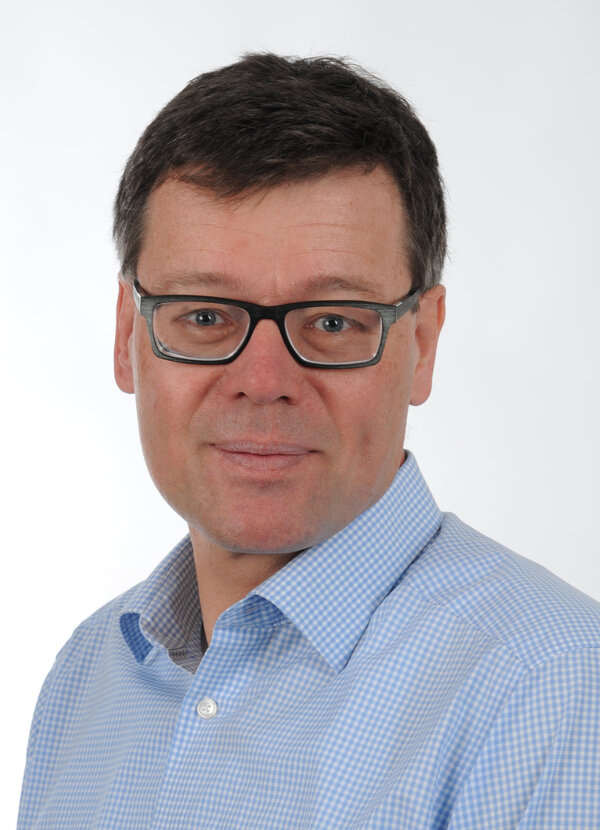
Matthias Werner, Senior Director Field Application Engineering
Matthias Werner is the Senior Director of Field Application Engineering for the automotive, industrial, and mass market sectors. He has over 25 years of experience in the semiconductor industry and started his career as a system architect for telecommunications devices and communication processors at Siemens HL/Infineon. He then worked as a field application engineer in various application fields and international semiconductor companies, including in various management positions.
This presentation highlights how ams OSRAM’s advanced sensor and emitter technologies improve vehicle safety and driver assistance systems while aligning with NCAP safety standards.
Key Contributions to Automotive Safety:
- NCAP & Safety Functions
Introduction to NCAP ratings and the role of technologies such as Adaptive Driving Beam (ADB), Driver Monitoring Systems (DMS), and LiDAR to enhance vehicle and occupant safety. - Advanced ADB with Eviyos® HD
Eviyos® HD enables high-resolution adaptive lighting to improve visibility and reduce glare for oncoming traffic, thereby enhancing night-time driving safety. - Chassis-Level Position Sensing
Position sensors provide real-time data on vehicle dynamics, enabling automatic headlamp adjustment for optimal road illumination. - LiDAR with Stable EEL Lasers
ams OSRAM lasers offer enhanced wavelength stability, improving LiDAR system performance for precise object detection and environmental mapping. - Driver and Cabin Monitoring
Infrared LEDs (IREDs) and vertical-cavity surface-emitting lasers (VCSELs) support robust driver and in-cabin monitoring systems, which are crucial for detecting drowsiness, distraction, and occupant presence. - Hands-On/Off Detection
Capacitive sensors reliably detect the presence of a driver’s hand on the steering wheel, supporting semi-autonomous driving features and safety alerts. - Interior Ambient Lighting
Dynamic ambient lighting systems improve the user experience and serve as visual warning indicators for safety-critical events.
The presentation by Matthias Werner from ams OSRAM shown at our event can be found here.

Lighting and Sensing Solutions by ams OSRAM: What Makes Our Devices Indispensable in Safety and Security Applications
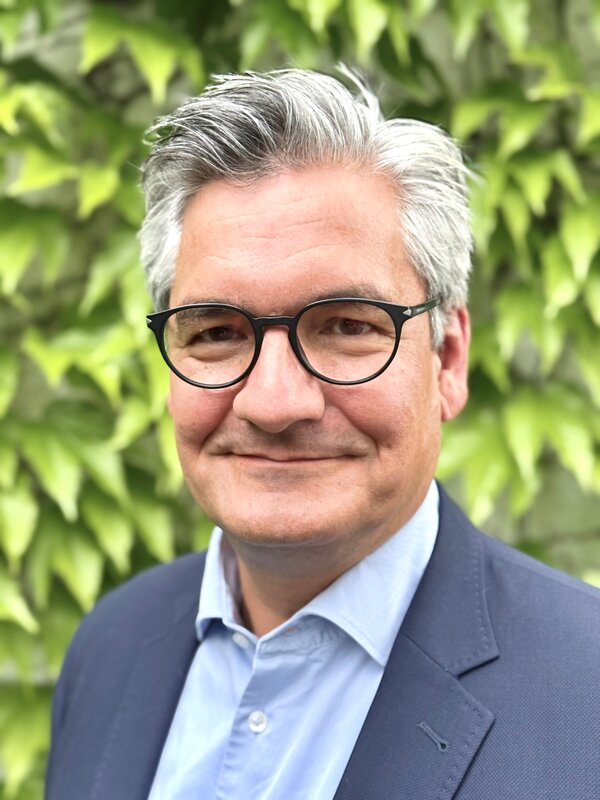
Dr. Clemens Müller, Senior Director Application Marketing
Dr. Clemens Müller is the Senior Director Application Marketing for the Industrial and Medical segments. He holds a Ph.D. in Electrical Engineering from the Technical University of Aachen and has over 20 years of experience in the semiconductor industry. He is responsible for identifying emerging technical trends for the aforementioned segments and mapping these trends into innovative system solutions powered by the ams OSRAM portfolio in a customer-centric manner.
“Sense the power of light” – the answer to this is experienced by many users in the world when chosing from ams OSRAM portfolio. LEDs, Lasers, Photodetectors and a broad set of precision multi-physics sensors enable many key functions in safety and security critical applications, such as robotics and factory automation or access control. This presentation gives a comprehensive overview what difference ams OSRAM portfolio makes within these applications verticals to the benefit of demanding customers and their products’ end users. Besides highlighting the key challenges which need to be addressed by next generation solutions users will receive information how ams OSRAM portfolio could address those. The presented optical component options shall also stimulate innovation concepts, which could become the basis for next breakthrough end products.

AI Vision & LLM Performance with Edge Efficiency for Industry 4.0
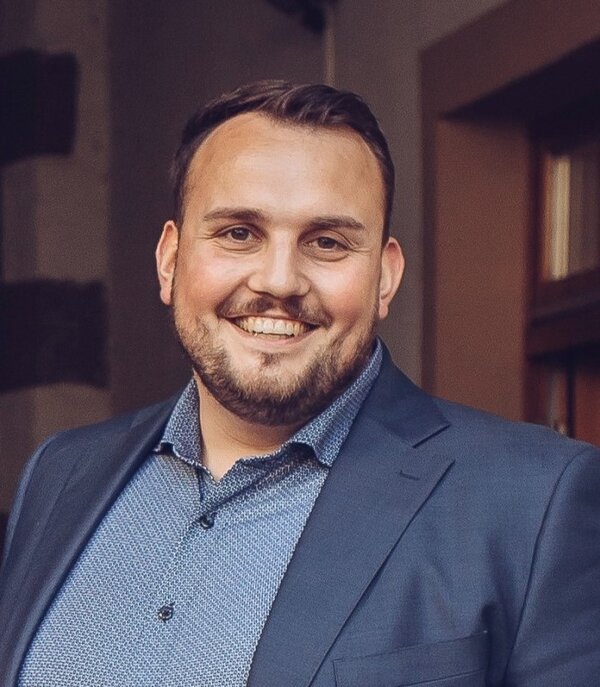
Lukas Adt, Manager of Sales EMEA
Lukas Adt is Manager of Sales EMEA at Axelera AI. He gained sales and business development experience at Bosch Security and Safety Systems, Sensormatic, and Zucchetti.
Axelera has partnered with Rutronik to bring true Edge Vision and Generative AI applications to industrial use cases. This partnership offers industry-leading performance and power efficiency, industrial resilience and product life, and an opportunity to partner with a sovereign EU technology provider.
The presentation by Lukas Adt from Axelera shown at our event can be found here.

Innovations for Next Gen On-Board Chargers
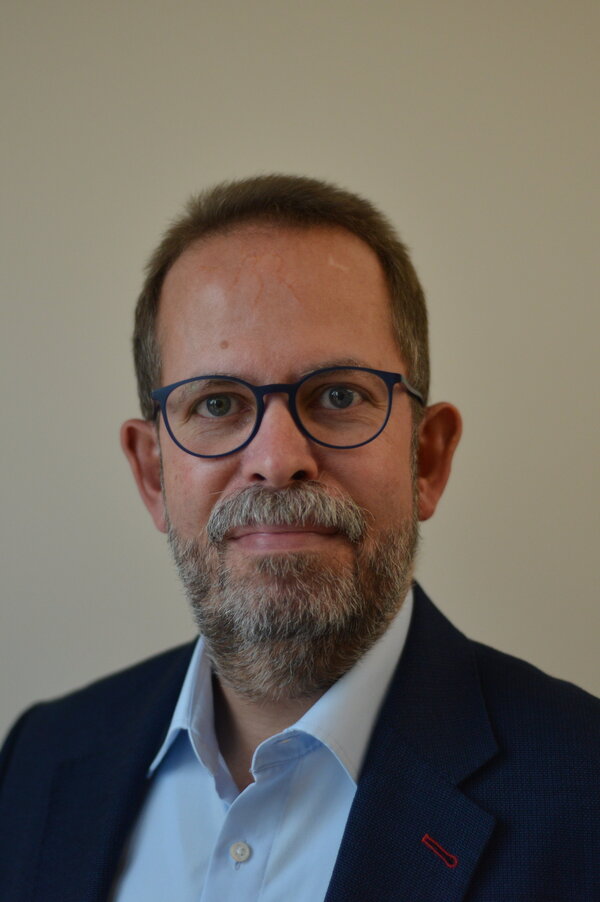
Ralf Bornefeld, Senior Vice President Power Semiconductors & Modules
Ralf Bornefeld is Senior Vice President and General Manager of the business unit Power Semiconductors & Modules at Bosch. He joined Bosch in November 2019.
Previously, he held various management positions at Infineon Technologies AG, including Senior Director Technology in frontend production from 2005 to 2008, Senior Director Engineering of automotive sensors until 2011, and finally Vice President and General Manager business line automotive sensors.
Ralf Bornefeld began his career at Elmos Semiconductor in 1992 as a Technology Development Engineer. He then took several management positions until end of 2004, mostly serving as Vice President R&D and eventually as Vice President of Business Line Microsystems.
Ralf Bornefeld was born in Schalksmuehle, Germany, in 1964. He graduated with a degree in Electrical Engineering from Technical University of Dortmund in 1992.
As electric vehicle sales increase, on-board chargers are becoming a notable business for Tier-1 suppliers and power semiconductor manufacturers. The requirements and solutions are still subject to significant changes, making this a highly dynamic field. This talk will present the latest developments and newest features of modern on-board chargers. Then, future trends and innovations will be discussed. The presentation will provide an overview of the value chain aspects covered by Bosch as a system and power semiconductor supplier. Current circuit topologies for future generations with higher efficiencies will be discussed, taking into account user scenarios that integrate vehicles into smart home energy infrastructures.
The presentation will cover the current and upcoming selection of power devices, including SiC MOSFETs and GaN HEMTs, as well as trends in mechanical packaging. Finally, the talk will conclude with an outlook on future trends aimed at substantially increasing power density, enabled by single-stage topologies and potentially new power device solutions, such as bidirectional GaN devices.
The presentation by Ralf Bornefeld from Bosch shown at our event can be found here.
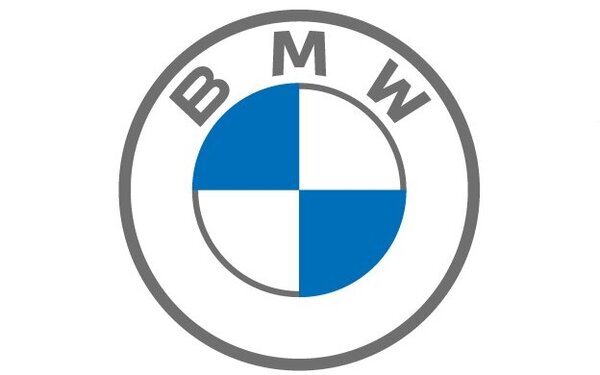
Data Acquisition within the Vehicular Power System
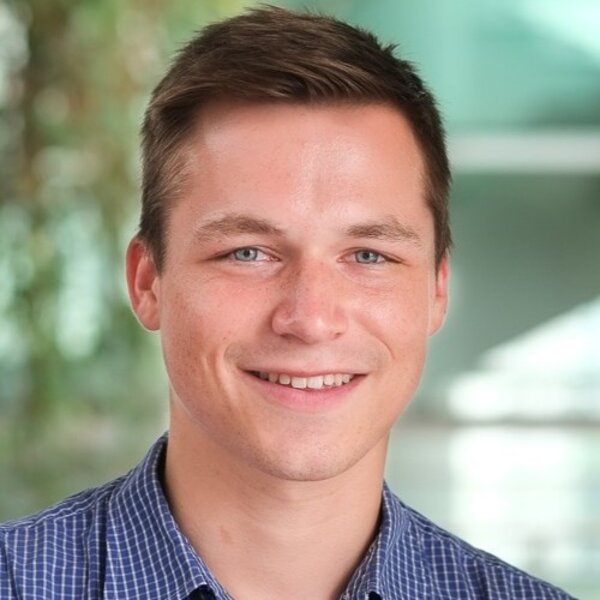
Dr. Martin Baumann, Spezialist Hardwareentwicklung
Dr. Martin Baumann began his career in 2013 at Vattenfall, where he gained his first practical experience in energy technology. He completed his mechanical engineering studies at Dresden University of Technology in 2016 and then pursued a master's degree in electrical engineering and information technology at the Technical University of Munich, graduating in 2018.
He then began an industry-oriented dissertation at BMW on the topic of "Fast Transients in Vehicular Power Systems", successfully completing it in 2025. He currently works as a hardware development specialist at BMW and played an active role in developing the "New Class" platform, which sets the standard for the next generation of electric vehicles.

Shaping the Future of Automotive Batteries, AI and Seamless Toolchain as Key Enabler

Dr. Alexander Kohs, Head of Department Energy System
Dr. Alexander Kohs began his professional career in 2016 as a project manager at CTC Battery Technology GmbH in Böblingen. From 2019 to 2021, he served as Chief Technology Officer (CTO) and played a pivotal role in shaping the company's technical direction.
Since 2021, he has worked at Bertrandt AG in Ehningen, where he is currently responsible for the strategic direction of the Battery Competence Center. In this position, he unites the expertise of all the company's battery specialists and establishes a virtual space for professional exchange. A central focus of his work is developing a uniform battery strategy for future vehicle generations.
The presentation by Dr. Alexander Kohs from Bertrandt shown at our event can be found here.

Inductive Charging of Electric Vehicles
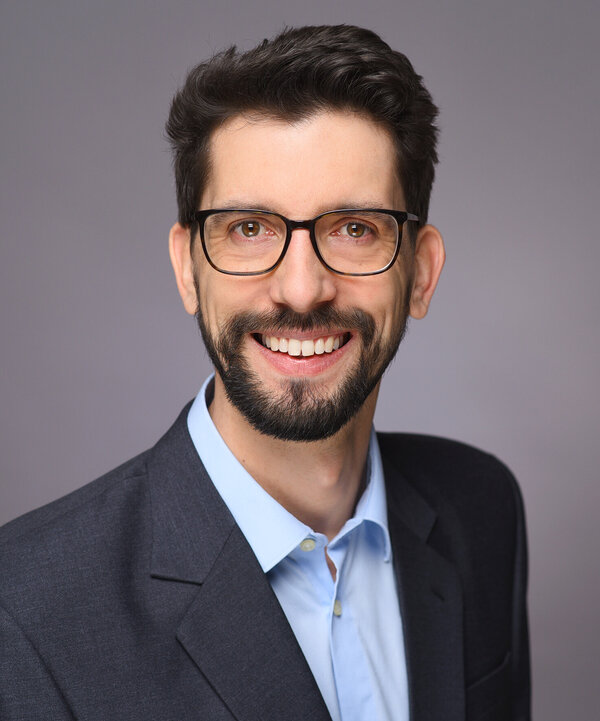
Dr. Sebastian Wüstner, Head of Simulation & Mechanic
Dr. Sebastian Wüstner began his scientific career in 2008 with a degree in physics from the University of Bayreuth. He then earned his doctorate from the University of Surrey in the UK. His academic journey then took him to the renowned Imperial College London.
In 2014, he moved into industry, joining Qualcomm as a senior engineer. He has worked for BRUSA in Munich since 2019. As Head of Simulation & Mechanic, he is responsible for the strategic and technical direction of simulation processes for developing innovative solutions in electromobility.
Current surveys show that consumers want to see more automation in occasional charging, or charging wherever the vehicle is parked for a few minutes or hours. The power should then be transferable in both directions depending on the vehicle's needs and the current grid load. Wireless charging meets these requirements: the system is robust and certified for all major markets. It is also competitively priced and wear-free. The technology has reached the final stage of standardization.
The presentation by Dr. Sebastian Wüstner from BRUSA shown at our event can be found here.
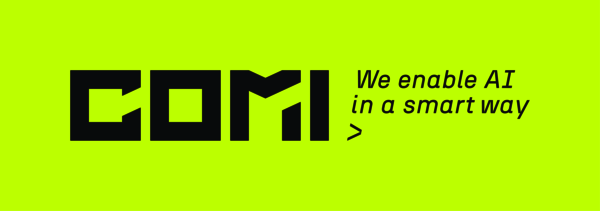
From Real to Synthetic Data: Unlocking Industrial AI by Avoiding the Black Box Trap
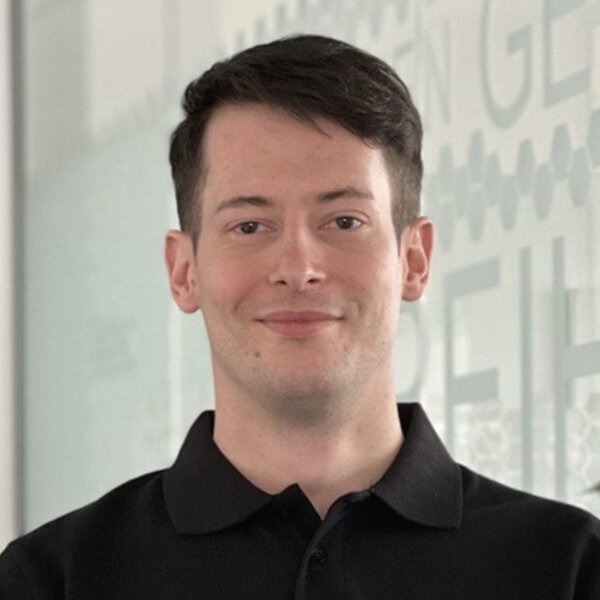
Markus Förste, Head of AI
Markus Förste has a background in Computer Science and more than ten years of experience in Machine Vision and AI. He works as the head of AI, focusing on strategy and product development. He connects Artificial Intelligence, computer vision, and computer graphics to build practical, innovative solutions with the COMI team. Markus Förste is passionate about using AI to increase efficiency and effectiveness across industries and help companies improve their processes and quality.
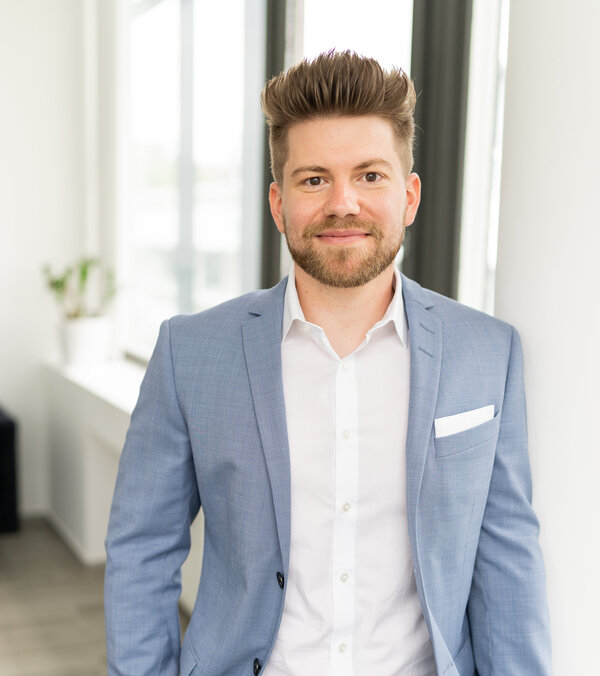
Tobias Husemann, Senior Consultant
Tobias Husemann from COMI has over ten years of experience in international product and project management. He is responsible for program and portfolio management in cooperation with Rutronik. He focuses primarily on transforming AI projects into scalable products that generate additional value for a wide range of users and companies, with a particular emphasis on traceability and the accuracy of AI systems.
The success of industrial AI applications and projects depends not only on high-quality real data, but also on meaningfully interpreting that data. Failing to understand the AI’s interpretation can quickly lead to misinterpretation and malfunction, resulting in wrong decisions. Combining real-world datasets with synthetic data for model training and AI decision process analysis closes critical gaps while maintaining transparency and robustness. This talk illustrates how to effectively leverage both data sources, avoid misinterpretation, and build reliable AI solutions for real-life industrial environments. The presentation outlines the challenges associated with the implementation of AI in production and logistics, as well as in current customer projects and use cases.
The presentation by Markus Förste & Tobias Husemann from COMI shown at our event can be found here.

Scaling or Losing – The Necessity of Engineering Frontloading
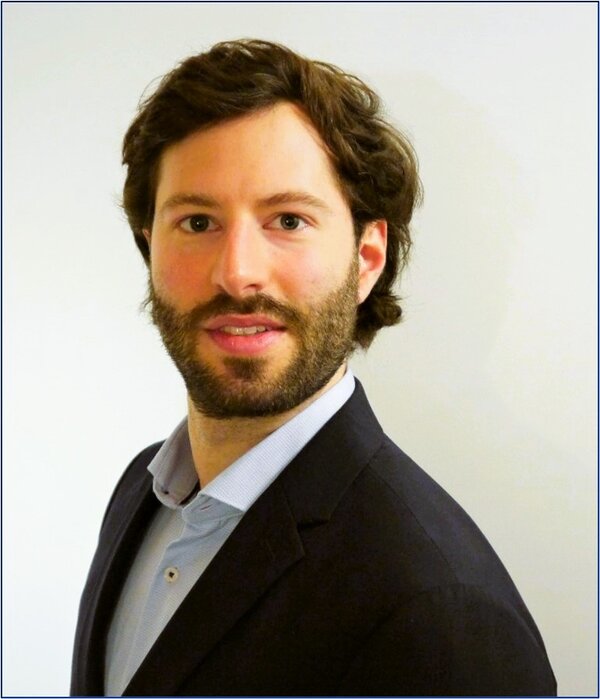
Andreas Fraunhofer, Head of Systems Engineering E-Mobility
E-mobility is currently characterized by technical uncertainties. Design decisions regarding batteries can lead to unintended consequences due to changes in geopolitical conditions.
To maintain technological flexibility and generate cost savings, it is essential to interlink cells, pack design, and system integration. This requires harmonizing innovative product concepts with a holistic view of the value chain. Engineering that transcends domain or system borders results in a balanced, cost-efficient product. At DRÄXLMAIER, we ensure these competitive advantages through scalable battery designs with adaptable solutions within a systems context.
The presentation by Andreas Fraunhofer from DRÄXLMAIER shown at our event can be found here.

Cybersecurity: Quantum Random Number Generator
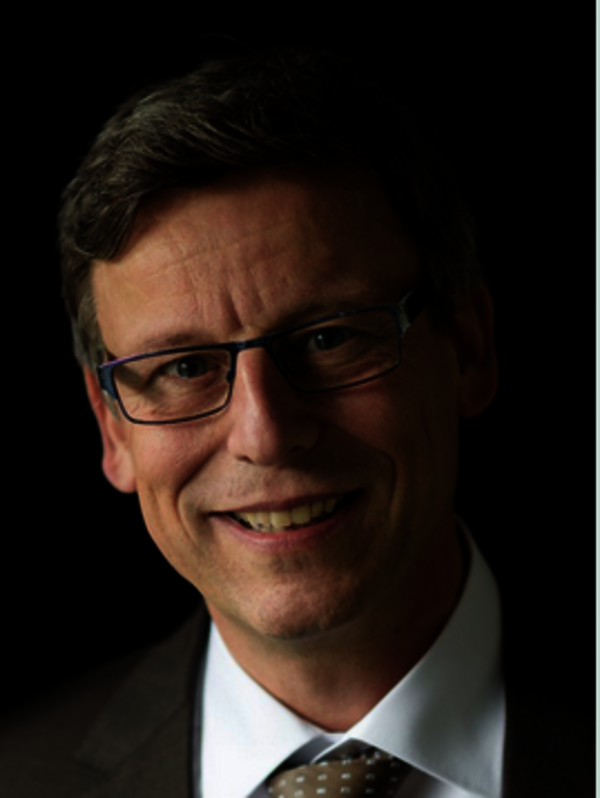
Brief notice: Due to illness, the session will be held by Dr. Bernd Burchard, Vice President IP-Management. Many thanks for stepping in and a speedy recovery to Mr. Nebeling!
Andreas Nebeling, Vice President Global Business Development
Andreas Nebeling began his professional career in 1988 at Elmos as a process engineer. His passion for technological innovation became apparent early on and led him to various positions of responsibility over the years.
From 1994 to 2022, he served as director of microsystems and sensor technology. His innovative strength and commitment played a key role in the continuous development of Elmos's product landscape during this time. Since 2023, he has served as Vice President of Global Business Development at Elmos. In this role, he shapes the company's international growth strategy, leveraging his decades of experience in global market positioning.
The presentation by Andreas Nebeling from Elmos shown at our event can be found here.

Beyond Predictive Maintenance: How AI revolutionizes Industrial Automation

Jan Seyler, Director of AI & Controls Research
Jan R. Seyler is Director of AI & Controls Research at Festo SE & Co. KG, where he leads global initiatives in autonomous systems, industrial AI, and intelligent control. He actively bridges research and industry, serving as Chair of the IAAI conference and advising Germany's platform Learning Systems.
Predictive maintenance was one of the earliest and most tangible applications of Artificial Intelligence in industry. Today, however, AI is driving a much broader transformation that extends far beyond predicting failures. In this talk, it will be explored how AI is reshaping automation across the entire automation pyramid, from intelligent devices at the field level to adaptive control and decision-making at the system level.
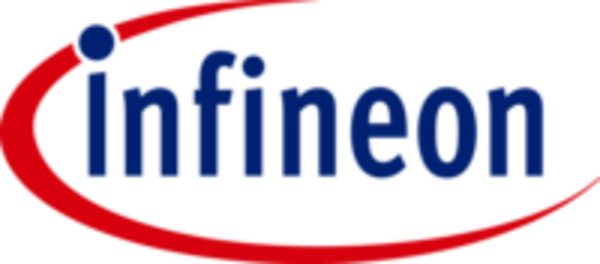
Infineon's new Software Bundle Portfolio "Drive Core"
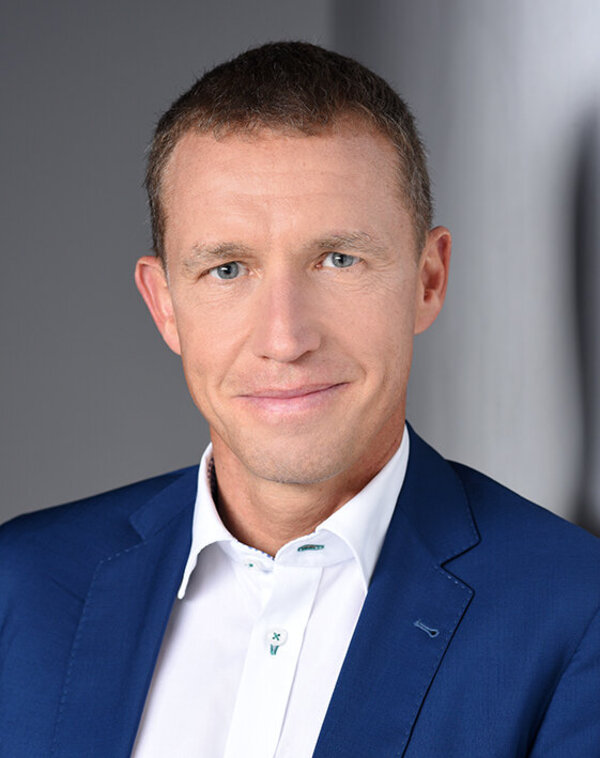
Thomas Schneid, Head of Software, Partnership & Ecosystem
Thomas Schneid is part of the Infineon Automotive Microcontroller leadership team and is responsible for software, partner management, and ecosystem management.
He has earned more than 20 years of experience in the automotive sector and has held various leadership positions in the Infineon Automotive Sales organization, where he was responsible for leading global automotive companies. In addition to automotive, he spent seven years in Infineon's security and chip card business.
Prior to joining Infineon, he worked with other US-based global leaders in the semiconductor industry, including Motorola Semiconductor (now NXP) and Texas Instruments.
Thomas Schneid received a degree in electrical engineering from the University of Applied Sciences in Munich, Germany.
Infineon's AURIX™ and Traveo™ microcontrollers enable AI at the edge for software-defined vehicles (SDVs). They are equipped with hardware acceleration, optimized software, advanced tooling, and an extensive ecosystem.
Infineon's Drive Core combines software solutions to provide secured, real-time, safety-compliant AI enablement for applications such as xEV, ADAS, in-cabin monitoring, and predictive maintenance. This bundle meets the demands of SDVs for flexibility and over-the-air (OTA) updates.

PSOC on the Edge
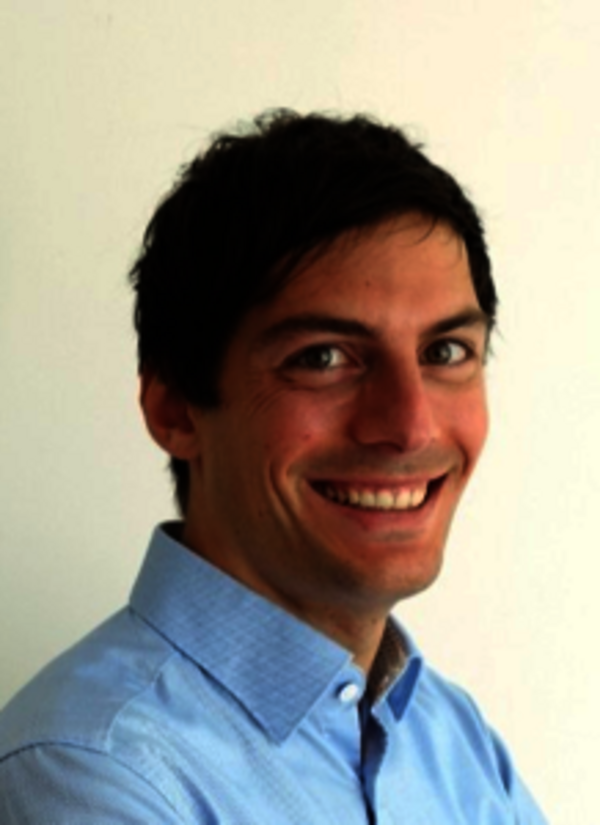
Marc Biehn, Director Technical Marketing
Marc is a Field Application Engineer at Infineon Technologies AG, focusing on EMEA Battery and Robotics customers. He specializes in real-time control and processing as well as power semiconductors for industrial applications. He works closely with his team to deliver innovative solutions. Marc holds a diploma in engineering (Dipl.-Ing.) in information technology from the Technical University of Munich (TUM).
This presentation provides an introduction to Edge AI and explains how PSOC MCUs bring the value of this technology to embedded systems. The Infineon team examined the process of developing AI/ML models for embedded software and provides real-world examples of where Edge AI is currently being used.
The presentation by Marc Biehn from Infineon shown at our event can be found here.
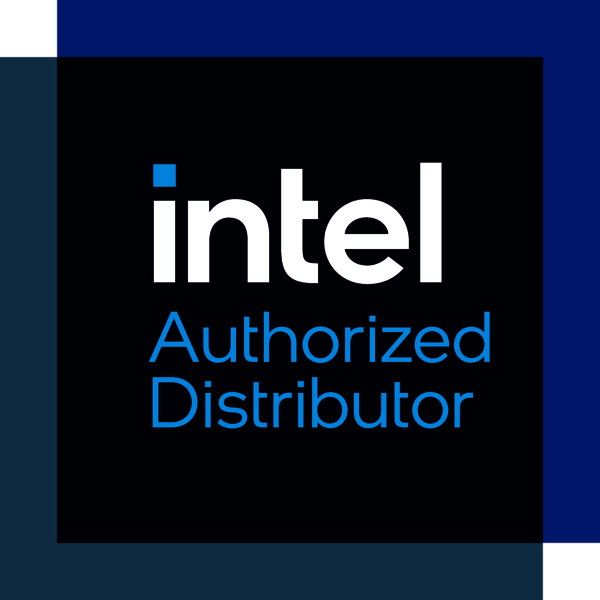
Accelerating Edge AI Through an Open Ecosystem
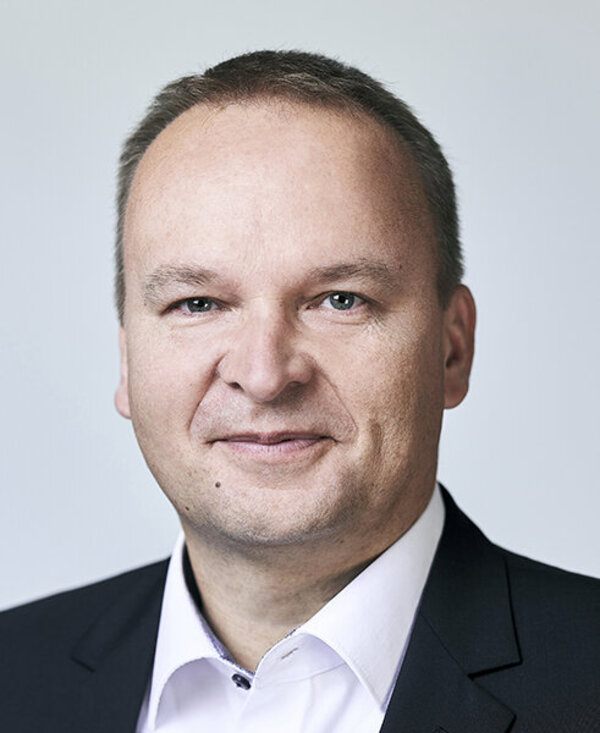
Christian Anderka, Enterprise Sales Director
Christian Anderka is Enterprise Sales Director at Intel. He assists end customers with transformation and renewal projects, as well as with the procurement of information technology in technical sales.
Previously, as Regional Application Manager, he helped major PC and server manufacturers in Europe develop future Intel-based notebooks, desktops, workstations, and servers.
Learn about the latest real-world use cases and solutions. Intel is taking the open ecosystem approach to AI at the edge, backed by an AI Edge System roadmap and reference design, a sizing guide, verified reference blueprints, tuning and benchmark qualification, and a partner ecosystem, along with AI Suites and the Open Edge Platform.
The presentation by Christian Anderka from Intel shown at our event can be found here.

Intelligent Sector Coupling in the All-Electric Society: AI-Supported Energy Management for Maximum Efficiency
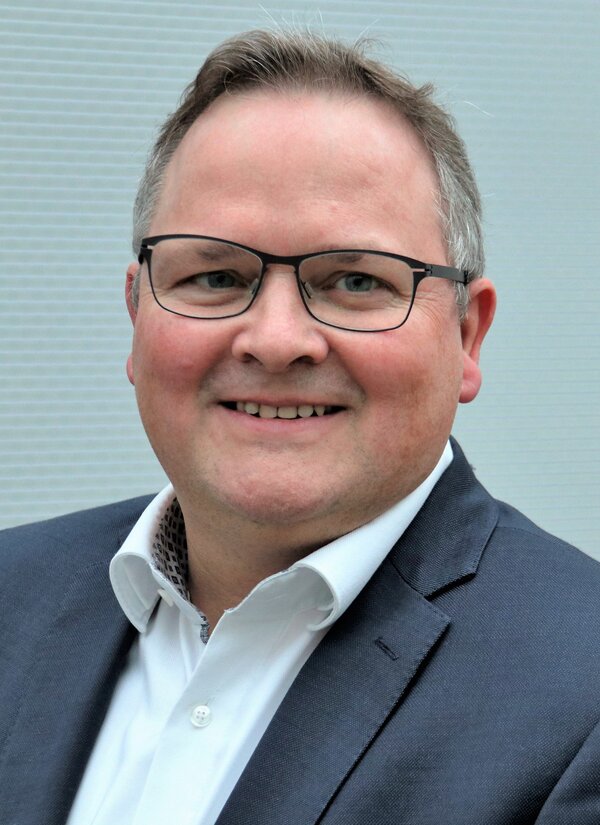
Frank Woortmann , Vice President VMM Factory Automation bei Phoenix Contact
Frank Woortman is the Vice President VMM Factory Automation at Phoenix Contact. Phoenix Contact's Factory Automation division serves customers worldwide in the following business areas: discrete manufacturing (e.g., automotive, rubber, and plastics), as well as mechanical and plant engineering. The division provides these industries with services, products, and solutions for automation. One of its main focuses is digitalization concepts for smart factories.
He previously served as Head of the industry division at Wieland Electric and as a Manager in the mechanical engineering division at Schneider Electric.
The "All Electric Society" envisions a future with ample renewable energy and nearly fully electrified energy sectors. A key component of this vision is sector coupling, which necessitates a comprehensive understanding of electricity, heat, and mobility. Maximum data transparency, open systems, and new technologies such as AI make this possible. However, volatile consumers, such as factories and buildings, pose particular challenges. In these cases, energy transparency is essential to identifying potential and making targeted use of it.
The presentation by Frank Woortmann from Phoenix Contact shown at our event can be found here.

Gesture Recognition using Radar – Comparison with and without Machine Learning
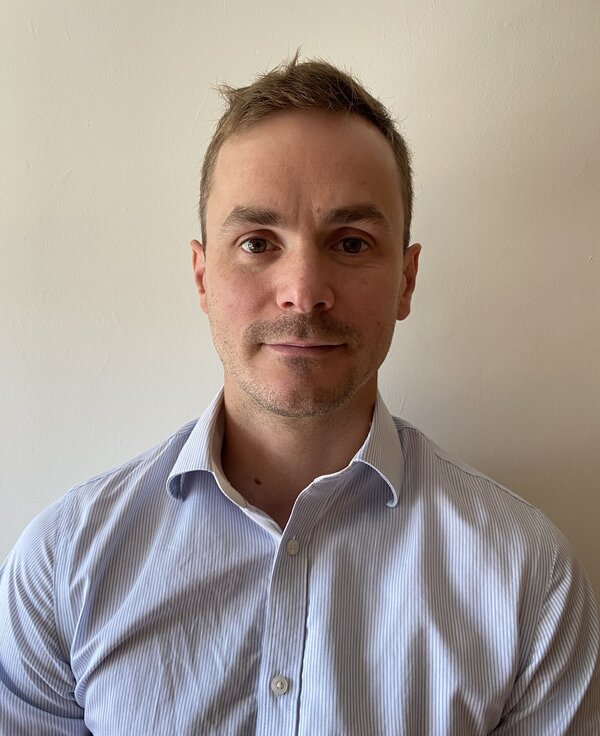
Jordan Rose, Field Application Engineer bei Rutronik
As a Field Application Engineer, Jordan Rose develops evaluation kits based on the latest technologies available on the market, such as AI on the edge, radar sensors, and GaN technology.
He helps customers integrate these new technologies into their products by writing detailed application notes, performing specific tests, and developing complex algorithms.
This technological breakthrough enables the development and manufacturing of a new generation of smart products. You no longer need an internet connection or the best microprocessor unit (MPU) to implement smart functionalities on your product. You can now use an MCU, such as the PSOCTM Edge, which has an integrated neural processing unit (NPU).
This raises a new question: Where should developers use neural networks and where should they use standard algorithms? This presentation will attempt to answer this question using two real-world examples: gesture recognition using radar and keyword spotting using a microphone.
The presentation by Jordan Rose from Rutronik shown at our event can be found here.
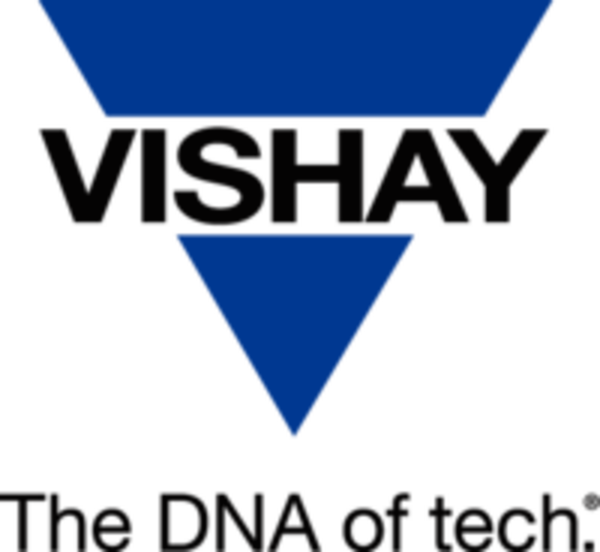
E-Fuses for Software-Defined Vehicles and AI Datacenters
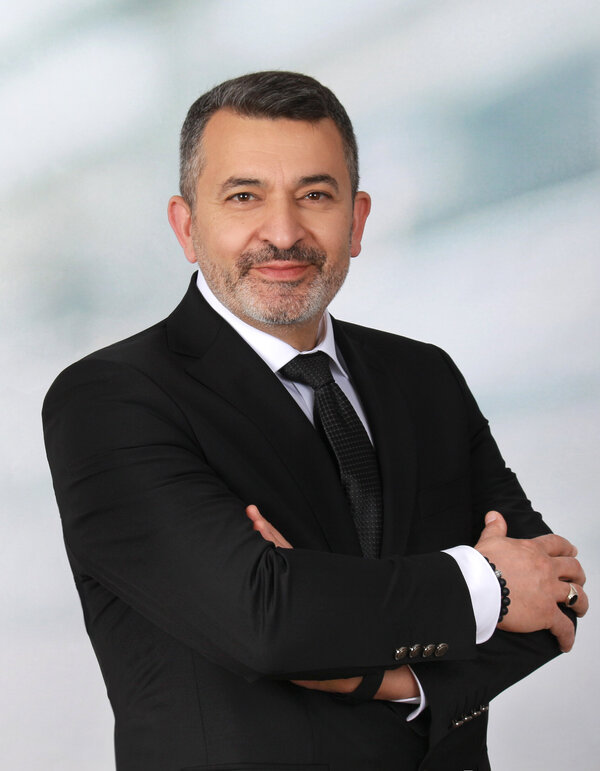
Mustafa Dinc, Senior Vice President Business Development Automotive
Mustafa Dinc, Senior Vice President of Business Development for the Automotive Sector at Vishay, has over 24 years of experience with automotive electronic applications. He focuses on monitoring market trends and developments to support product definition and strategy that will meet future application needs.
He studied electrical engineering at RWTH Aachen University until 1994, after which he began his career in the customized design and project management of laser systems and optical sensors. He joined Vishay in 1999 and has since worked in various Business Development and Field Application Engineering positions in the automotive segment. He has acquired in-depth knowledge of the automotive electronics market for semiconductors and passive components, with a strong focus on e-mobility and ADAS applications. He is also involved in defining new products and reference designs for specific applications.
Software-defined vehicles (SDVs) and AI data centers have the highest security and efficiency demands. At Rutronik AI³ Connect, Vishay will present innovative solutions to increase supply security and measure consumption data simultaneously.

